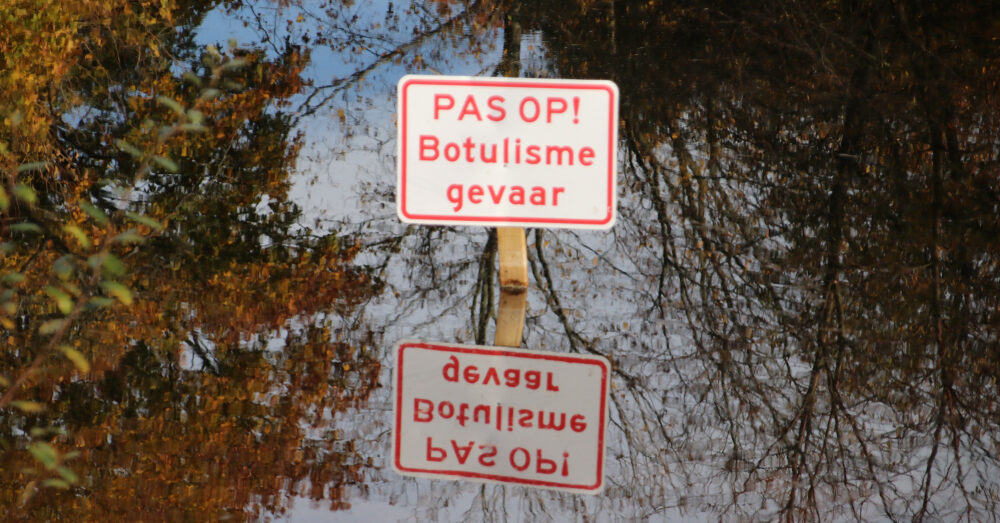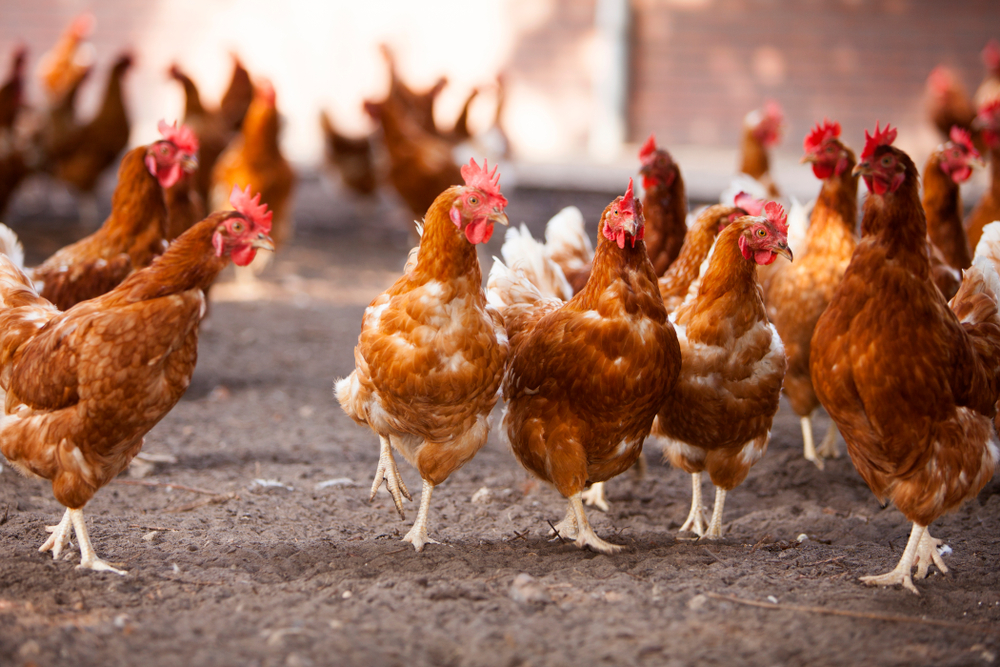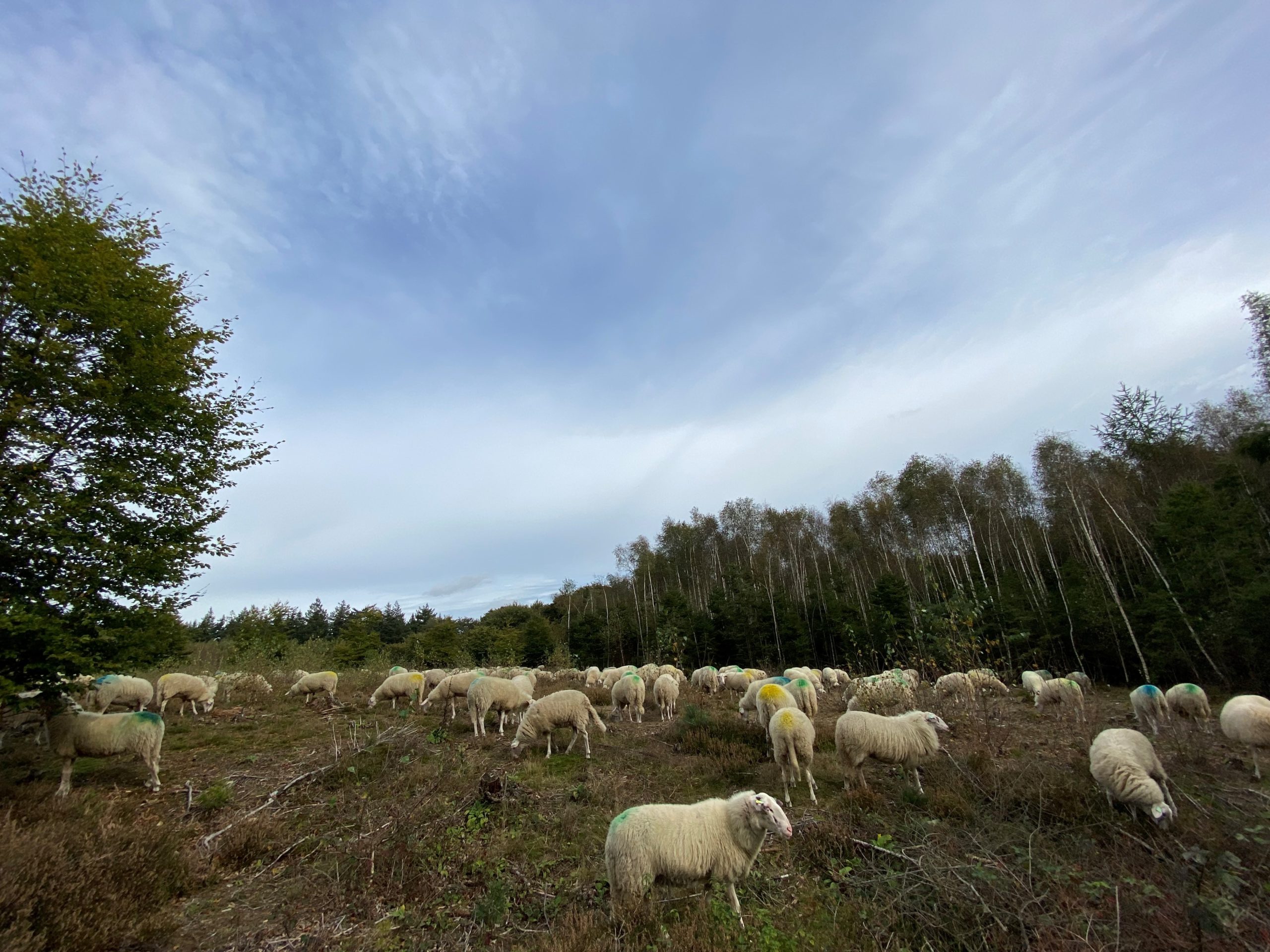Wageningen Bioveterinary Research (WBVR) and the Royal GD laboratory held a webinar on foot-and-mouth disease (FMD) on Wednesday. The webinar follows the news from last Monday that calves from the German region where FMD was found, have been imported into the Netherlands. Update January 28: WBVR reports that no foot-and-mouth disease has been found; all Dutch samples examined are negative.
The Food and Consumer Goods Authority (Dutch acronym NVWA) is taking blood samples of over 3600 calves. The samples will be tested by WBVR in Wageningen for the presence of the FMD virus. ‘There is currently no indication that FMD is present in the Netherlands, but it is always good to remain alert. Moreover, there are a lot of questions in the field’, said facilitator Lotte Roos of Royal GD on the fast initiative for the webinar.
Refreshing knowledge of FMD
The webinar, organised by WBVR and Royal GD at the behest of the Ministry of Agriculture, Fisheries, Foods Security and Nature, aimed primarily to refresh farmers’, veterinarians’, and other stakeholders’ knowledge of the disease. Since the last outbreak of FMD in the Netherlands occurred in 2001, knowledge on the subject may have faded. A new generation of livestock farmers and veterinarians has never experienced an outbreak.
GD employee and farm animal vet Emma Strous discussed the main symptoms during the webinar, using photographs, so that the audience is able to identify the disease and take appropriate measures in the event of an occurrence in the Netherlands. She also focused on prevention. The risk of infection can be significantly reduced through hygiene measures.
Virus and vaccines
WBVR researcher Aldo Dekker discussed the virological side of FMD. He explained the virus characterisation and testing procedures. He also delved into the topic of emergency vaccines. In contrast to 2011, when the outbreak caused 270 thousand animals to be pre-emptively culled, modern tests enable us to discern between antibodies caused by the virus and those caused by the vaccine.
Dekker also explained why it takes some time before WBVR has the definitive results from the businesses that were sampled. ‘A PCR test, which we perform on some of the animals, is relatively quick. We hope to have screened all those samples by the end of this week or the beginning of next week. We also conduct tests on antibodies, which takes a little longer. In these tests, approximately 3 per cent of the samples show a false-positive. The false positives must be retested in a neutralisation test, which takes some time. It will usually take about one-and-a-half weeks for final results to become available.’ Update: WBVR reports that no foot-and-mouth disease has been found; all Dutch samples examined are negative.
Bluetongue samples
In addition to samples from the businesses that have imported German calves, WBVR is also testing bluetongue samples that have been submitted recently. The symptoms of FMD and bluetongue are not always easily distinguishable, which is why samples that test negative for bluetongue are now also tested for the presence of the FMD virus.
Foot-and-mouth disease is a highly contagious animal disease that affects so-called cloven-hoofed animals such as cows, (water) buffalo, pigs, sheep, goats, lamas and alpacas. Livestock farmers and veterinarians who suspect an FMD infection are obligated to report it to the National Hotline for Animal Diseases. NVWA then takes samples, which are tested in Lelystad as one of WBVR’s statutory research tasks. If a sample tests positive, the government must take measures. Royal GD also has several statutory tasks related to animal disease. WBVR and Royal GD regularly collaborate.
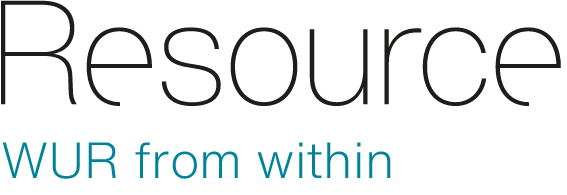
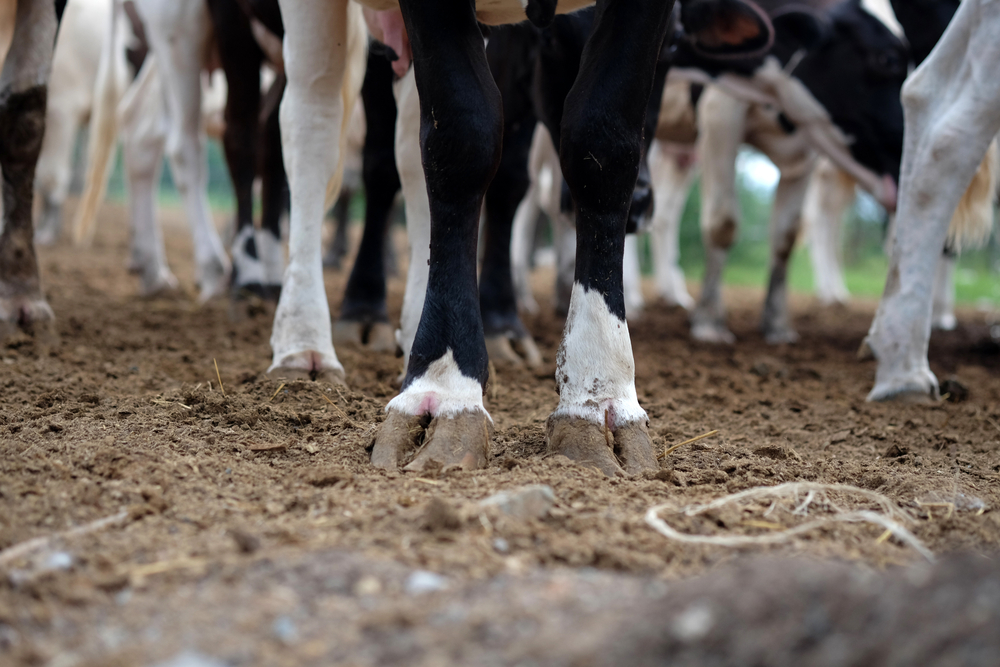 FMD affects so-called cloven-hoofed animals such as cows, water buffalo, pigs, sheep, goats, lamas and alpacas. Photo Shutterstock
FMD affects so-called cloven-hoofed animals such as cows, water buffalo, pigs, sheep, goats, lamas and alpacas. Photo Shutterstock 